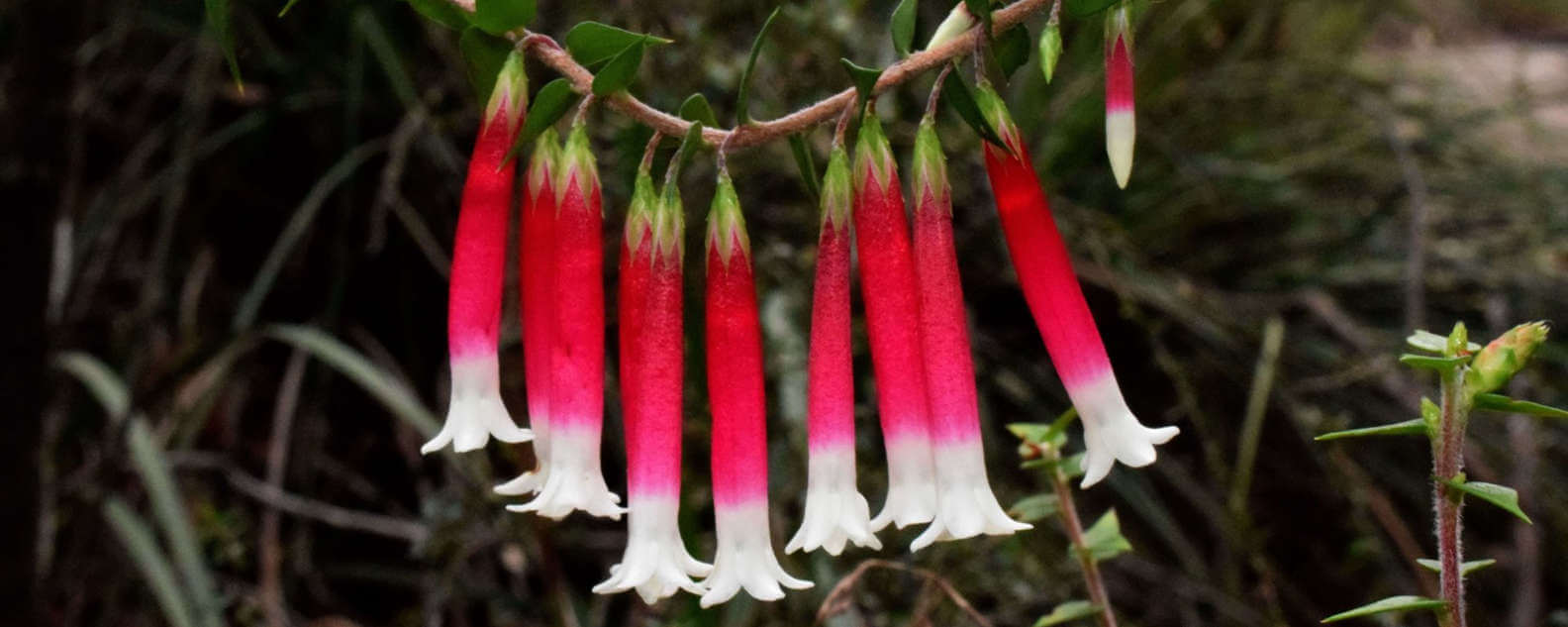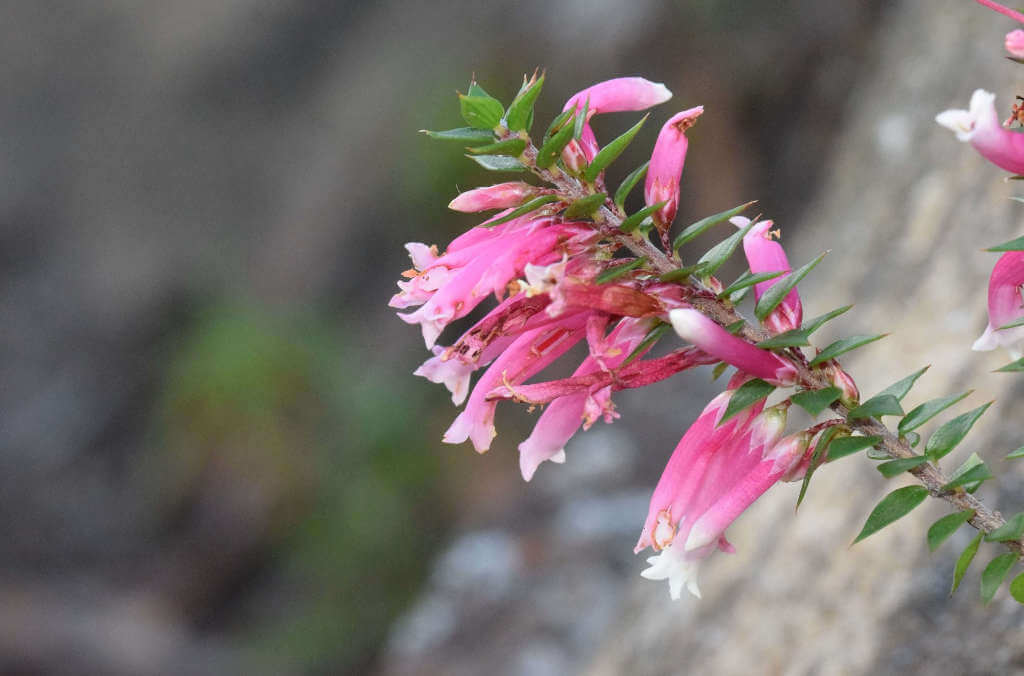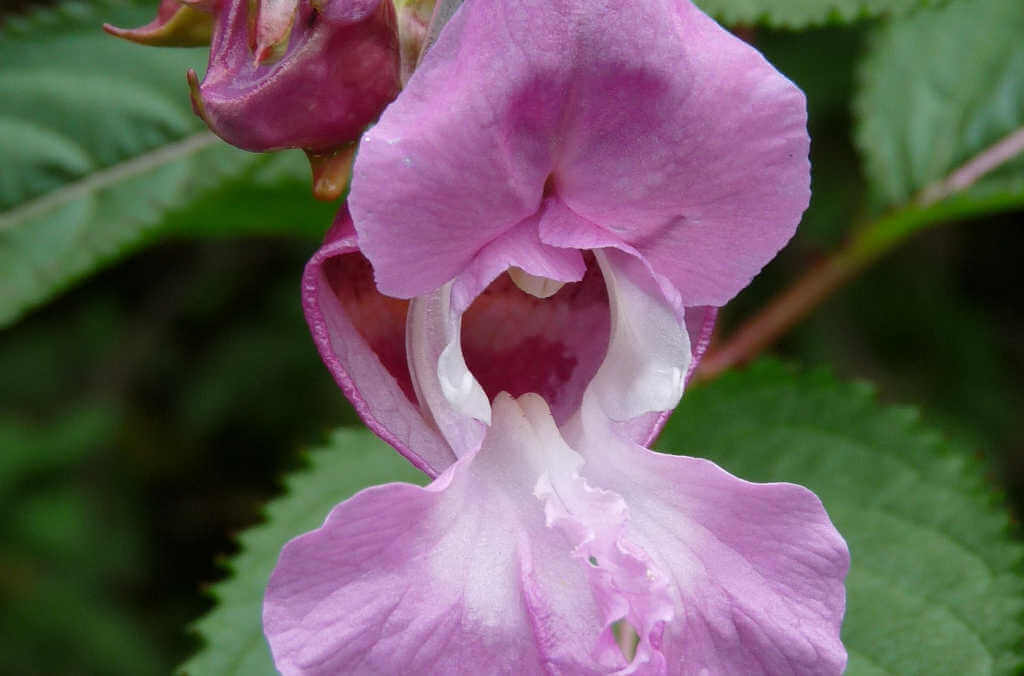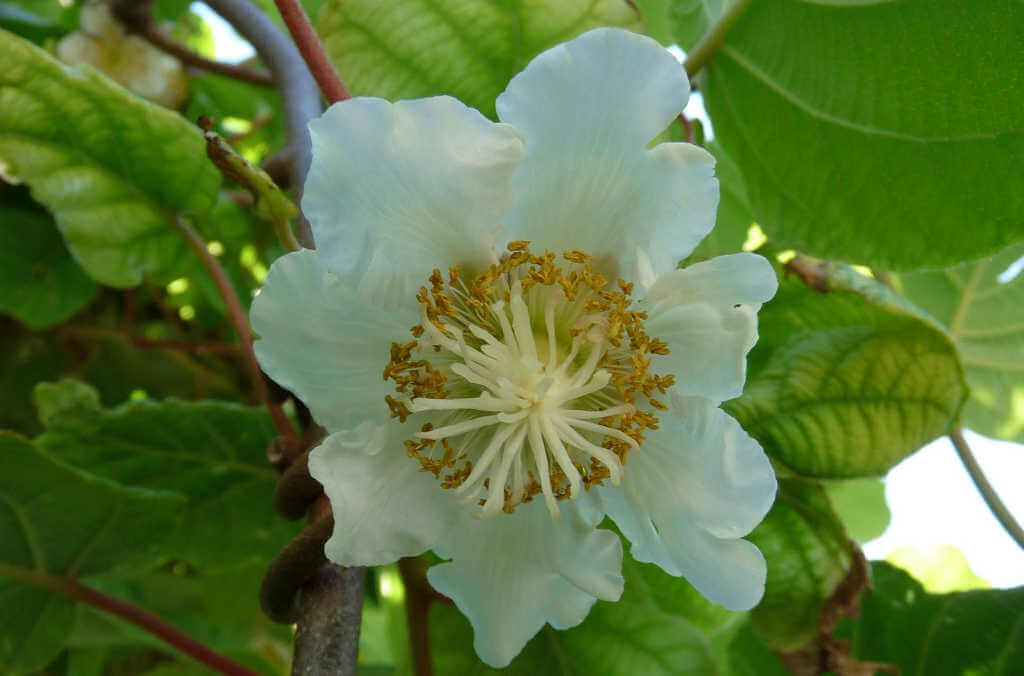Scientists reconstruct flowers as old as dinosaurs
Scientists are on a mission to discover more about plants as old as the tyrannosaurus.

The Ericales - an order of flowering plants containing 22 families, 346 genera, and more than 12,000 species – are believed to date back 90 million years ago.
Dr Julian Herting has joined the Australian Institute of Botanical Science to uncover further secrets about the ancient order of plants, as part of the international eFLOWER project.
Dr Herting is doing his postdoctoral research at the Institute, funded by a Walter Benjamin fellowship from the German Research Foundation, which will focus on the floral evolution of Ericales, in collaboration with Dr Hervé Sauquet and colleagues at the University of Vienna.
What we want to do is reconstruct the ancestral flower and compare that to the fossil record we have, then integrate that into our analysis which is something that hasn’t been done before.
DR JULIAN HERTING
“We can change our view on the evolution of these plants because we have more information nowadays.
“What happened during and after the Late Cretaceous period is especially interesting for plants because all plant diversity we have today began to evolve from then. It’s a critical time for flower evolution.”
Species in the Ericales order include the kiwifruit, blueberry and Brazil nuts and have considerable commercial importance including for tea.

Epacris longiflora.
“They’re a very diverse group and very interesting,” Dr Herting said. "There is a wide variety within Ericales, from 'typical' flowers like primroses to more extravagant ones like Impatiens (Touch-me-not/snapweed) or Kiwi."

A snapweed flower.
The importance of understanding floral evolution
Dr Herting said angiosperms, or flowering plants, were important because they turned the Sun’s energy into a form which is usable to us and other organisms.
"Bluntly said without plants, there is no us," he said.
"Thus, understanding how the unique feature of flowering plants, the flower, evolved is very relevant in our ever-changing world.

A kiwi flower.
“Studying their evolution gives us the opportunity to see what traits the flower had and how that had an impact on the evolution. We can then determine if this impacted how many species there are today or how these traits evolved and influenced diversity we’ve seen over time.
“The goal is to build in research that has been ongoing for 20 years, apply new methods to it and see if there are novel insights to be had.”